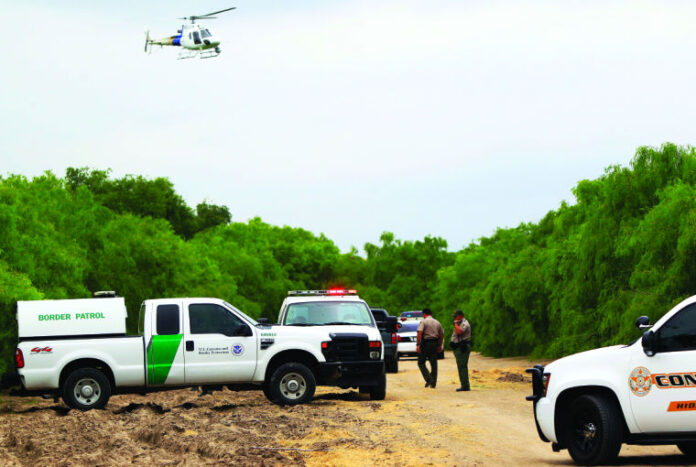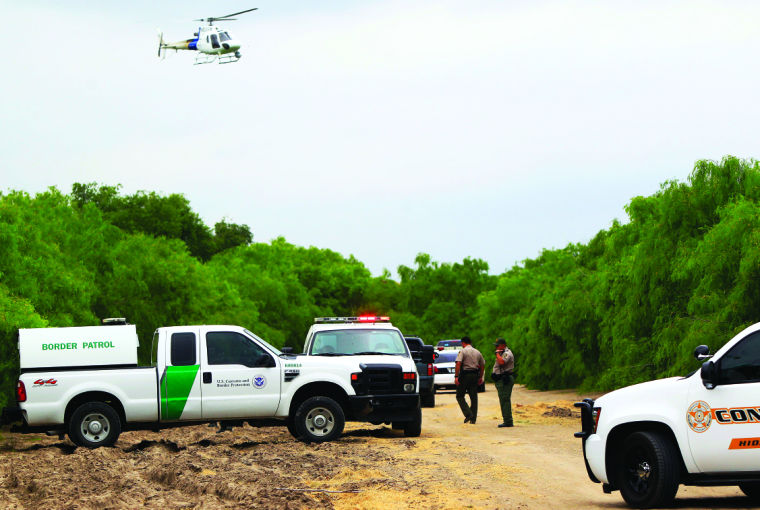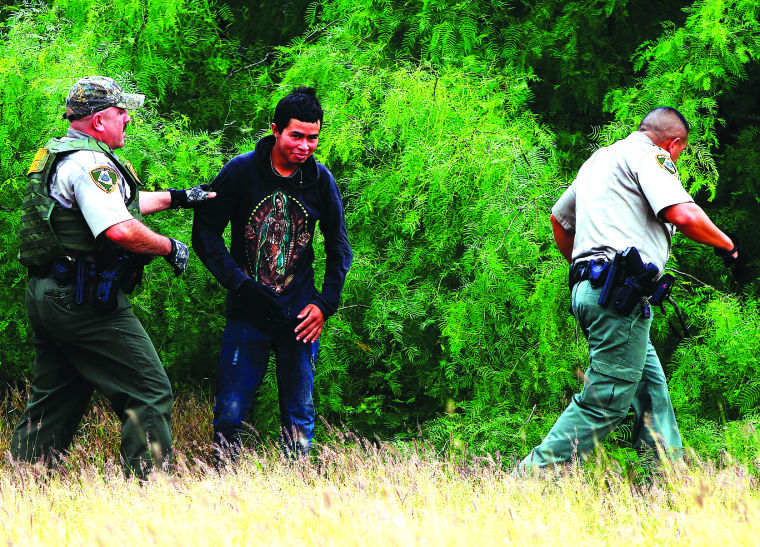
New Department of Homeland Security data show an increase in Border Patrol apprehensions compared to fiscal year 2015.
But the data also show a consistent number of deportations that nearly matched those caught crossing the border illegally in fiscal 2016.
The DHS fiscal year ends in October and sometimes takes up to six months before the media is provided with apprehension, deportation and other immigration-related statistics. This year, officials said, a new system has helped them modernize the process.
Marc Rosenblum, Deputy Assistant Secretary at DHS Office of Immigration Statistics (OIS), said the department launched a new data integration initiative this year that has boosted their capacity to quickly aggregate data and to analyze and report on enterprise wide immigration enforcement and immigration benefits.
“ Today’s Office of Immigration Statistics DHS Immigration Enforcement Report is one example of what we are getting from this effort,” Rosenblum said. “It’s the first time we’ve released department level data this close to the end of the year.”
The OIS is also working on a report they expect to release in the spring with more detailed information on how people apprehended by U.S. Customs and Border Protection move through the system from apprehension or arrest to removal or release.
In FY2016 Border Patrol made about 416,000 apprehensions, including nearly 409,000 at the U.S.-Mexico border. This number is down 75 percent compared to the number of apprehension in FY2000 and down 15 percent from FY2014, but up 23 percent from FY2015, according to DHS officials.
In FY2015, Border Patrol reported 331,333 apprehensions across the entire southwest border. Apprehensions have not dipped under the 300,000 mark since 1973.
In FY2014, during the surge of unaccompanied minors that brought national attention to the Rio Grande Valley, Border Patrol reported 479,371 apprehensions, a 13-percent increase compared to FY2013 and a 26 percent increase compared to FY2012.
More than half of the people apprehended in the RGV sector in FY2016 were parents with children, or children who crossed the Rio Grande by themselves, CBP data shows.
“ The rise in these non-traditional border apprehensions means that fewer aliens are evading detection but those who are apprehended impose a much greater burden on CBP and ICE resources,” Rosenblum said. “Because almost all of them go through an extended immigration hearing process rather than being quickly removed or returned to their countries of origin.”
The cost of repatriation in FY2015 was $12,213 per individual, according to Immigration and Customs Enforcement (ICE) statistics. This includes all costs necessary to identify, apprehend, detain, process through immigration court, and remove an individual from the country.
DHS officials Friday reported 451,000 repatriations or deportations in FY2016, about 35,000 more than the number of people apprehended after crossing the border illegally. These numbers are about 1 percent down from FY2015 and 20 percent less than FY2014.
About 25 percent, or 114,000, of those deported this year were arrested away from the border by ICE, and more than 90 percent of them were convicted criminals, DHS officials said.
In 2015 DHS replaced the previous Secure Communities Program with a new Priority Enforcement Program, which established three levels based on removal priority.
Level one includes threats to national security, border security and public safety, which include removable migrants who have been convicted of a felony; Level two includes removable migrants who have been convicted of three or more “significant misdemeanors” to include, domestic violence or driving under the influence; Level three includes those removable migrants who have been issued a final order of removal, according to the ICE website.
According to DHS officials 99.7 percent of all deportations during FY2016 fell within one of these three categories.
“ The bottom line is that almost 100 percent of DHS enforcement resources focused in 2016 on illegal border crossers, recent visa violators, and national security and public safety threats,” Rosenblum said.





